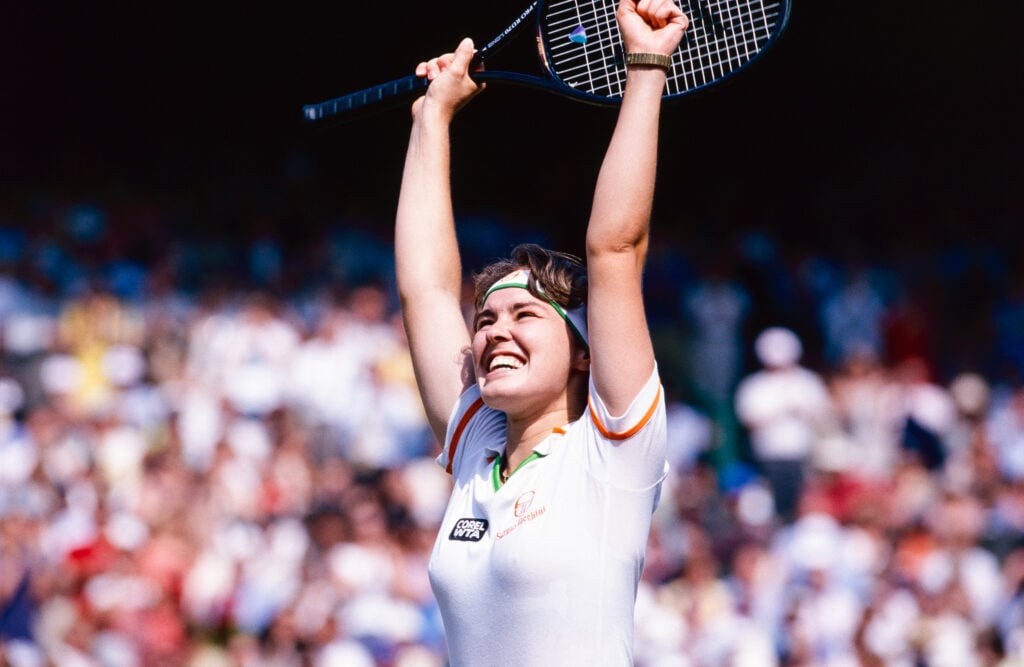Tennis is one of the most gruelling sports there is, commanding both physical and mental toughness on an unparalleled scale.
Players are thrown out onto a court, either alone or with a sole partner, and expected to do battle for hours and hours in swirling wind or baking sunshine. Unless they are winning tournaments, they are always losing, and when one tournament ends, another immediately begins.
It’s relentless, and not everybody can compete at the apex of the sport for a decade and beyond. As such, careers within tennis can be cut short in an instant.
However, for some, like Martina Hingis, there is little that can stop them from coming back to tennis time and time again.
How good actually was Martina Hingis?
Hingis was the quintessential wonderkid when she burst onto the scene in the mid to late 90s, turning professional in 1994 at just 14 years old.
Many were likely stunned by this Swiss youngster who sprang into the limelight, but that decision was vindicated just two years later when she became the youngest-ever Grand Slam champion, winning the doubles title in 1996.
 Photo by Simon Bruty/Anychance/Getty Images
Photo by Simon Bruty/Anychance/Getty Images
Then, less than a year later, she had begun hoovering up major titles in singles as well.
First came the Australian Open in 1997, before she was beaten in the final of the French Open. This loss proved costly, as Hingis won every other major that year, meaning she was just one win from completing the calendar Grand Slam.
She would defend her title in Melbourne for two more years, but failed to win at any of the other events in singles.
However, her doubles prowess remained sharp, with 1998 marking her standout year. There, she managed what she had failed to do in 1997, and completed the calendar slam by winning all four majors.
These made up a chunk of the 13 titles she won at this level, added to the five singles majors she won too.
Hingis was, during this period, the true dominant force on the tour, and naturally set a number of ‘youngest-ever’ records that will likely never be broken.
Alas, one player on the WTA has been compared to Hingis recently…
Why did Martina Hingis retire so many times?
Hingis’ glittering career was strangely offset by a string of retirements, brought about by various reasons.
Her first retirement came in 2003, aged just 22 at the time, citing chronic pain and unrelenting injuries as the reason.
The tennis world stood still, but this hiatus only ended up being two years long as she slowly began her comeback in 2005. She insisted it would not be a permanent return, but 2006 marked her full-fledged comeback on the WTA Tour.
Then, in 2007, came Hingis’ second retirement, after being handed a suspension following a drugs test. Admittedly, the ITF ended up changing the rules because of her, allowing for future flexibility in cases of unintentional or unexplained ingestion.
She would make small forays back into the sport, but 2010 marked her true return after that second retirement.
And finally, Hingis’ very last retirement came in 2017, officially bringing her tumultuous, magical career to a complete end.

